Indian Summer
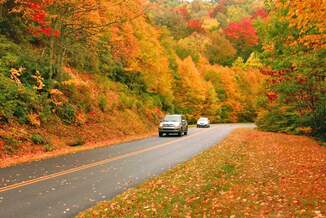 By canusa.de
By canusa.de
So what is ‘The Indian Summer’? Why does it occur and what does it mean when we refer to it? The meteorologists describe it as a period of unseasonably warm weather in late October or early November in the central and eastern United States. When a cool polar air mass develops into a warm high-pressure center, it produces a stable air mass. Smoke and dust may stay near the ground if there is a temperature inversion, but the air can be crisp and clear as well. It should be a period that was preceded by a hard frost as well.
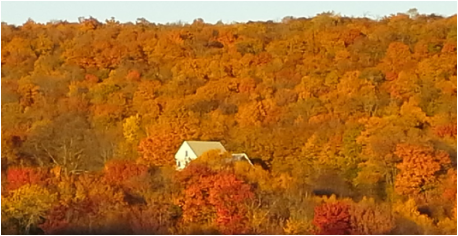
This weather pattern also occurs to some degree in Europe, although it seems most reliable in North America, due to geography and wind patterns. In Britain, it is called All Hallows Summer (around All Saint’s Day on November 1st) or Old Wives’ Summer (Altweibersommer in Germany). It may also be called St Luke’s Summer (about October 18th), St. Martins Summer (about November 11th). Indeed, there are many names for this all across Europe and South America. The nights are cool and the daytime temperatures are quite pleasant due to the cloudless skies. These vaguely similar weather events are remembered by everyone.
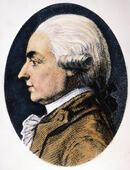
"Then a severe frost succeeds which prepares it to receive the voluminous coat of snow which is soon to follow; though it is often preceded by a short interval of smoke and mildness, called the Indian Summer."
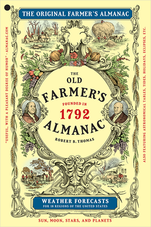
When the term arrived in England in the 18th century, it caused some confusion. It was assumed the Indian subcontinent was meant. Afterall, it was at the height of the British empire in India and trade was booming. It took some time to realize that the Native Americans were the reference. The English already had names for this weather phenomenon, like St. Luke’s Summer, St. Martin’s Summer or All-Hallows Summer. All these terms have faded away - as in the rest of the world. The term Indian Summer has been most commonly used.
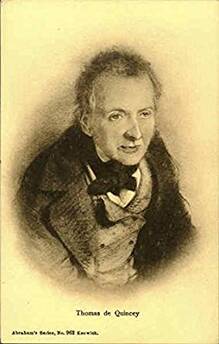
Sometimes it has been used metaphorically, and it has found its way into the literature for describing more than nature. In American literature, Indian Summer was used more and more apart from weather. It has been used to describe the arc of a career, but with an unexpected burst of creativity before the end. Also, any unexpected flowering period followed by a decline. Thomas De Quincey wrote “An Indian summer crept stealthily over his closing days.” This spoke to a late vigor (energy) before the end.
It had been used in the last century pejoratively to describe something that was not what it appeared and would soon fade or revert back to something less desirable. The term ‘Indian giver’ (someone who would want to take a gift back or expect something in return) was associated with it as far back as 1906.
I have ‘baby boomer’ friends in the U.S., who grew up in the 1950’s and 60’s, who remember regularly accusing childhood friends, who tried to take back favors as ‘Indian Givers’. It was an insult and an admonition. It was meant to say that you were not acting fairly!

Most commonly though, it is used to describe the typical, temporary influx of beautifully warm weather that comes in late October or early November. So just enjoy it before the Winter winds return! Enjoy! We don’t have to be dramatic about it.
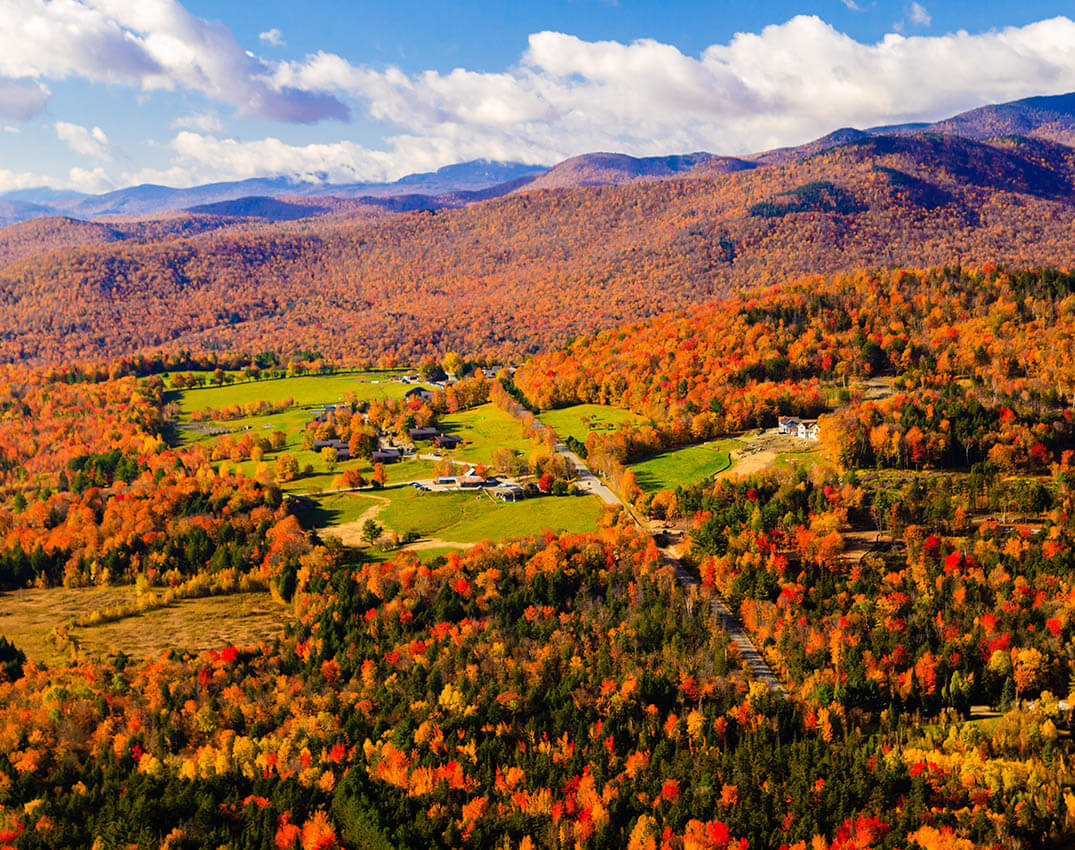
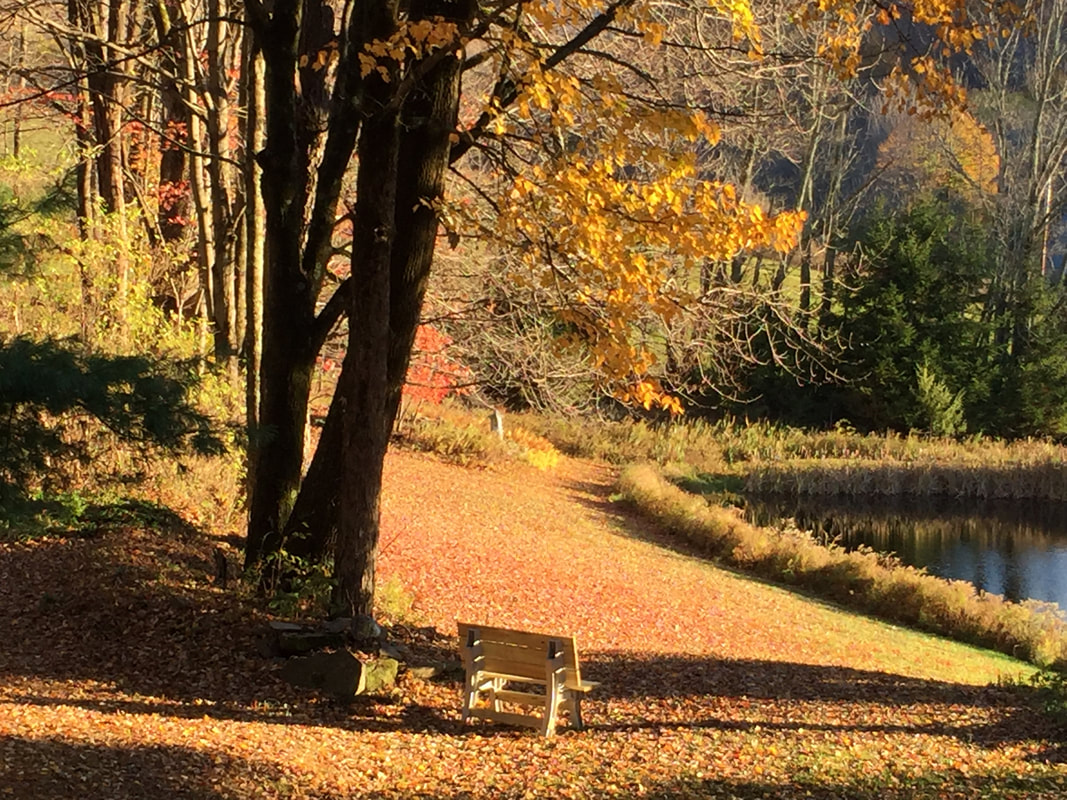
 RSS Feed
RSS Feed